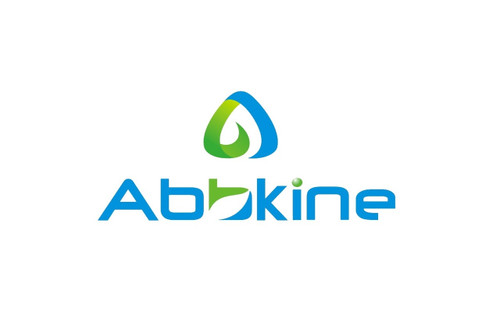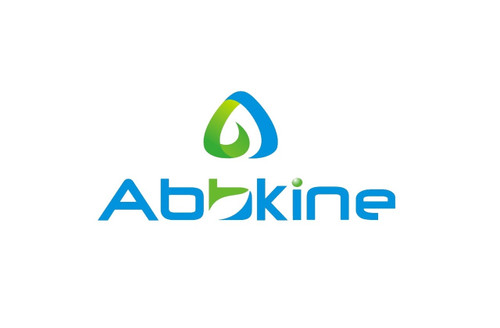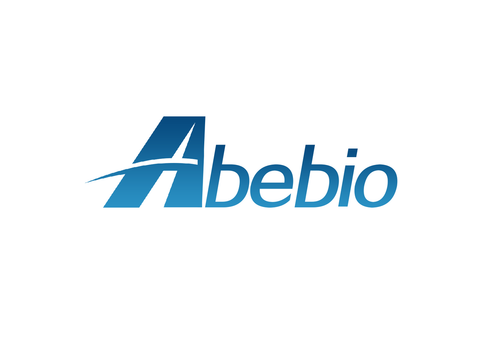Product Description
Mouse Probable peptidyl-tRNA hydrolase (PTRH1) ELISA Kit | AE25027MO | Abebio
Species Reactivity: Mouse (Mus musculus)
Abbreviation: PTRH1
Alternative Name: C9orf115; MGC51999; PTH1; peptidyl-tRNA hydrolase 1 homolog
Application: ELISA
Range: Request Information
Sensitivity: Request Information
Intra-Assay: ≤4.7%
Inter-Assay: ≤8.4%
Recovery: 0, 98
Sample Type: Serum, Plasma, Other biological fluids
Detection Method: Sandwich
Analysis Method : Quantitive
Test Principale: This assay employs a two-site sandwich ELISA to quantitate PTRH1 in samples. An antibody specific for PTRH1 has been pre-coated onto a microplate. Standards and samples are pipetted into the wells and anyPTRH1 present is bound by the immobilized antibody. After removing any unbound substances, a biotin-conjugated antibody specific for PTRH1 is added to the wells. After washing, Streptavidin conjugated Horseradish Peroxidase (HRP) is added to the wells. Following a wash to remove any unbound avidin-enzyme reagent, a substrate solution is added to the wells and color develops in proportion to the amount of PTRH1 bound in the initial step. The color development is stopped and the intensity of the color is measured.
Product Overview: PTRH1, Belongs to the PTH family.Peptidyl-tRNA hydrolase (Pth) activity releases tRNA from the premature translation termination product peptidyl-tRNA. Two different enzymes have been reported to encode such activity, Pth present in bacteria and eukaryotes and Pth2 present in archaea and eukaryotes. Prokaryotic and eukaryotic cells show an enzymatic activity that releases the peptidyl moiety from the tRNA, called peptidyl-tRNA hydrolase (Pth), allowing the free tRNA and peptide to be reused in protein synthesis. First identified in Escherichia coli, genes encoding Pth have been found in bacteria and eukaryotes but not in archaea. E. coli Pth crystal structure has been solved and exhibits an α/β fold formed by three layers with a mixed five-strand β-sheet at the core.
Stability: The stability of ELISA kit is determined by the loss rate of activity. The loss rate of this kit is less than 5% within the expiration date under appropriate storage condition. The loss rate was determined by accelerated thermal degradation test. Keep the kit at 37°C for 4 and 7 days, and compare O.D.values of the kit kept at 37°C with that of at recommended temperature. (referring from China Biological Products Standard, which was calculated by the Arrhenius equation. For ELISA kit, 4 days storage at 37°C can be considered as 6 months at 2 - 8°C, which means 7 days at 37°C equaling 12 months at 2 - 8°C) .
 Euro
Euro
 USD
USD
 British Pound
British Pound
 NULL
NULL








